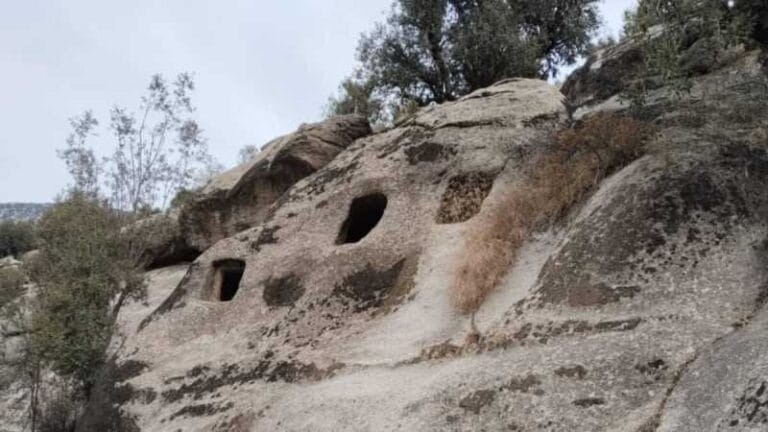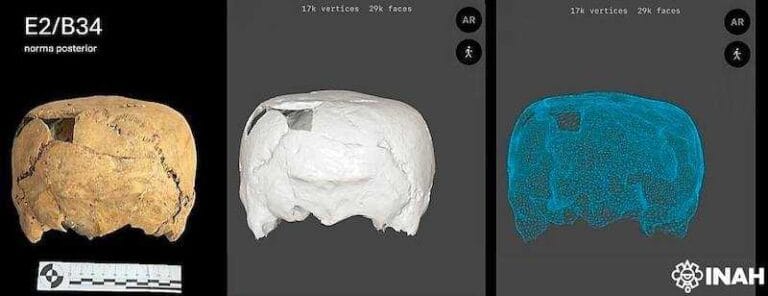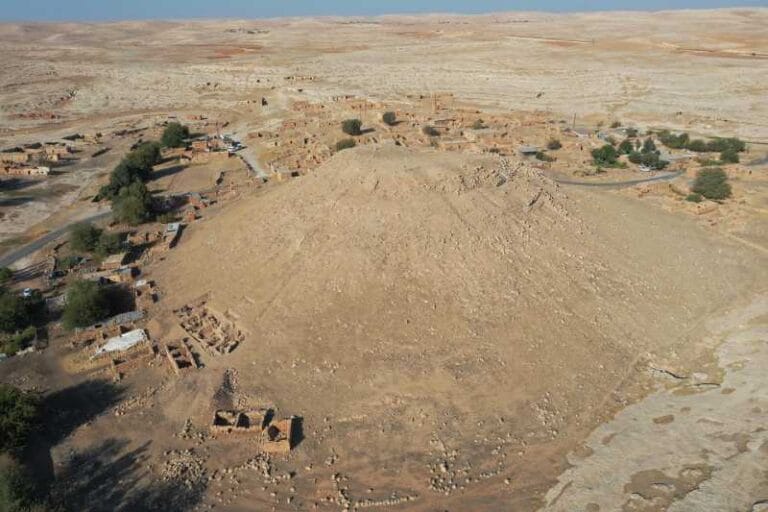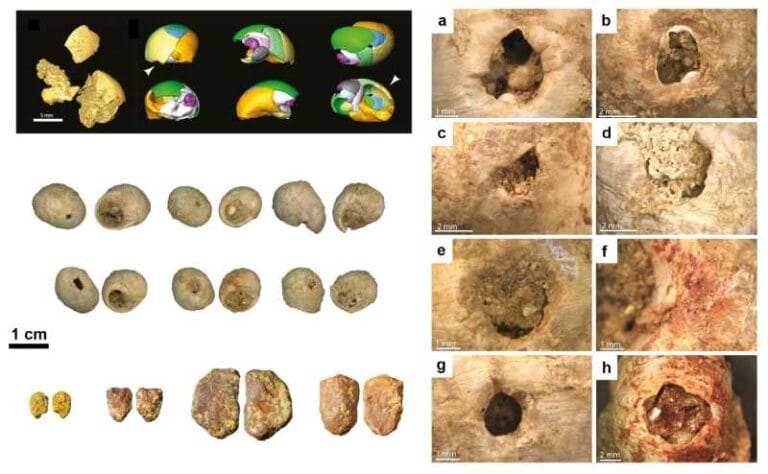Pyrenees: arrow in human bone indicates attack 4,000 years ago
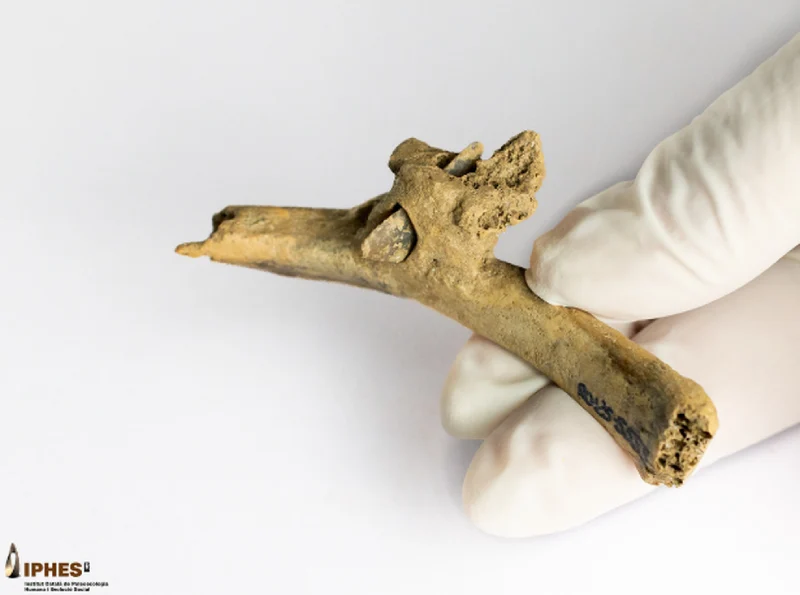
An unusual trace of interpersonal violence in prehistory has been uncovered in the Catalan Pyrenees. During excavations at the Roc de les Orenetes burial site in Queralbs (Girona, northeastern Spain), archaeologists discovered a flint arrowhead embedded in a human rib. Most strikingly, the bone shows clear signs of healing, indicating that the victim survived for some time after being struck—likely from behind.
The discovery provides direct and rare evidence of conflict between individuals in the region more than four millennia ago. In archaeological contexts, finding a projectile still lodged in the human body is uncommon—especially when there are signs that the injury was not immediately fatal.
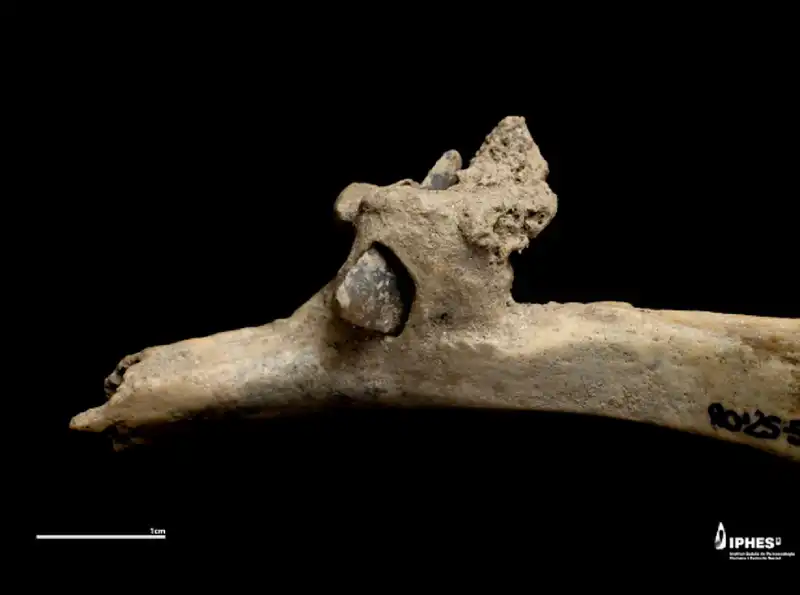
The find was made during the archaeological campaign conducted since 2019 by Dr. Carlos Tornero, a researcher at the Universitat Autònoma de Barcelona (UAB) and the Catalan Institute of Human Paleoecology and Social Evolution (IPHES-CERCA). The osteological analysis is being carried out by Dr. Miguel Ángel Moreno from the University of Edinburgh.
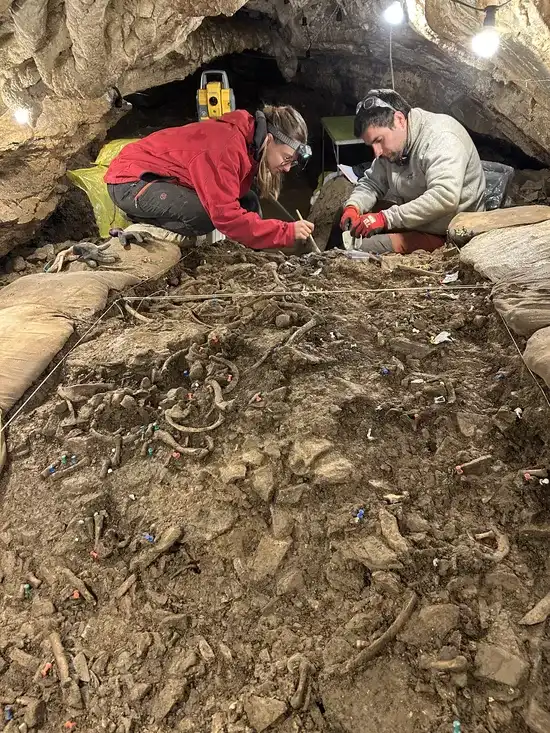
According to experts, the projectile will undergo advanced examinations, including X-ray micro-computed tomography at the National Research Center on Human Evolution (CENIEH) in Burgos. Afterwards, it will be subjected to chemical and genomic analyses in laboratories in Catalonia and the United States, which may provide further clues about the origin of the artifact and the injured individual.
The Roc de les Orenetes site is considered one of the most important in Europe for high mountain regions. At about 1,800 meters above sea level, the cave preserves a significant collection of human remains from the Bronze Age. This allows researchers to reconstruct aspects of daily life, funerary rituals, and now, the social conflicts that marked the communities inhabiting these mountainous areas.

